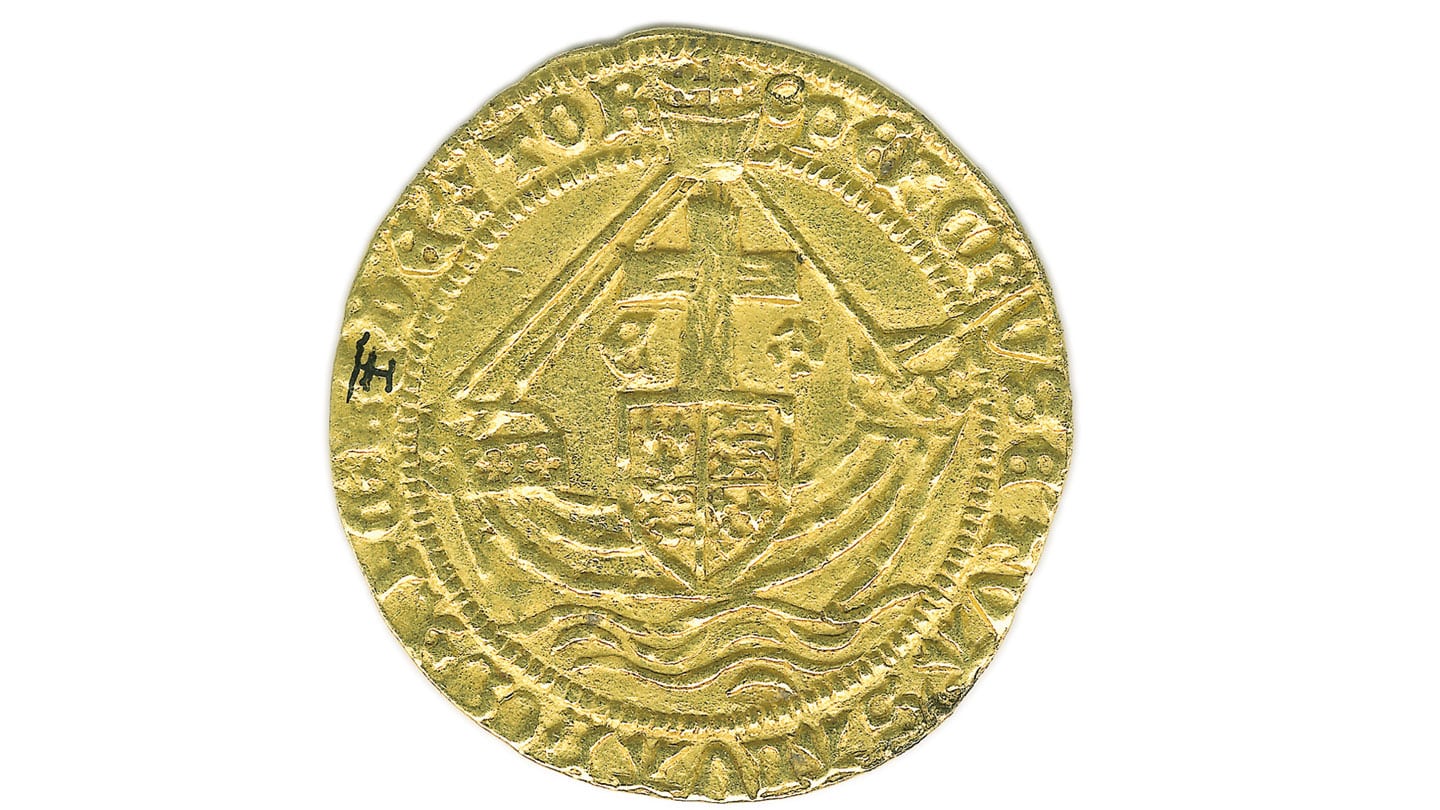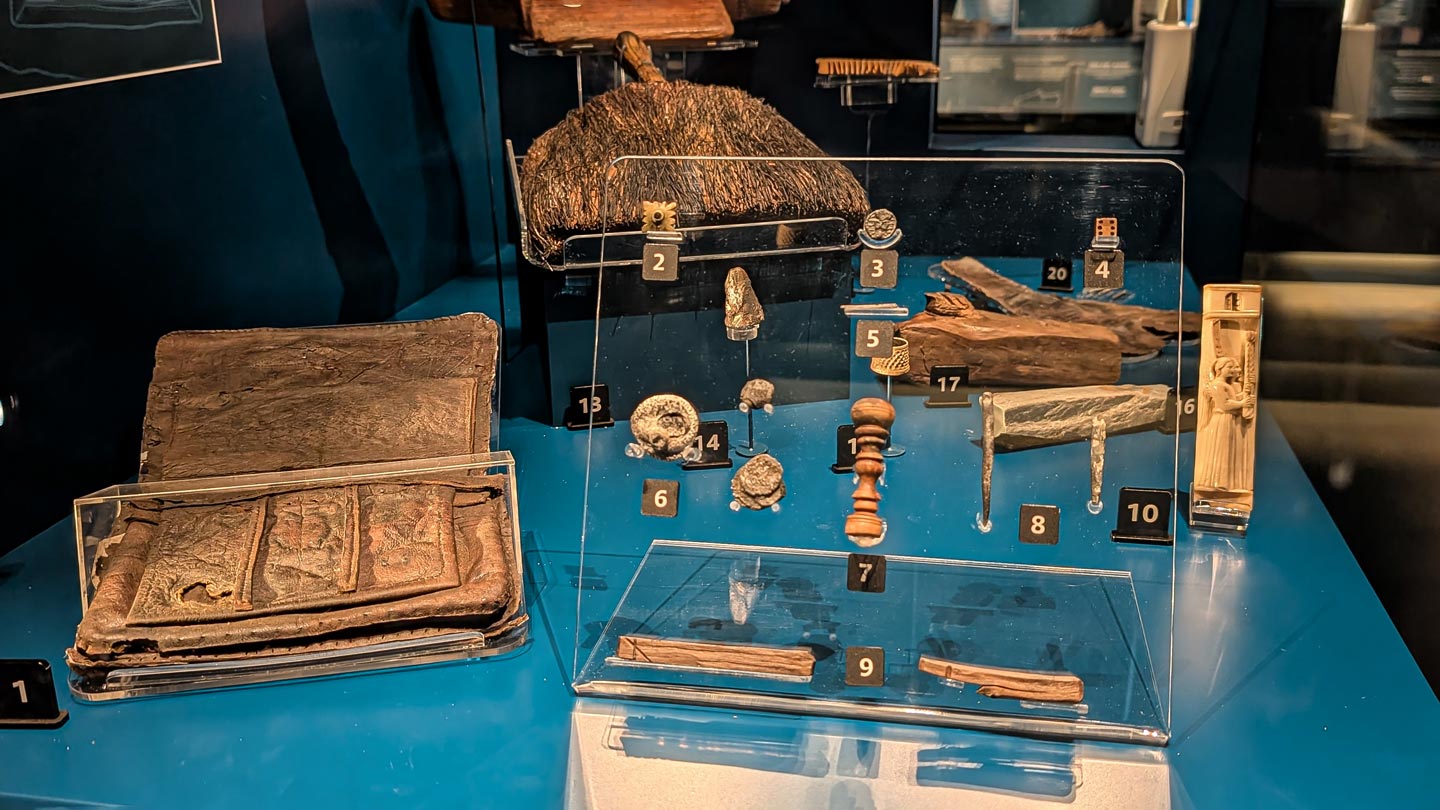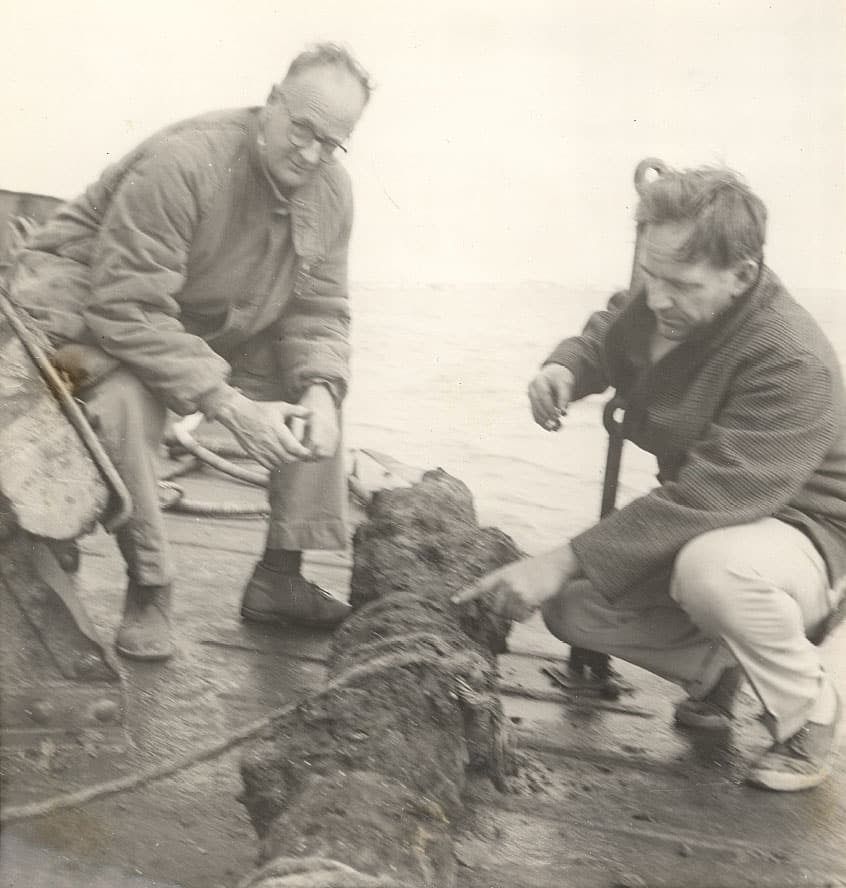On 19th July 1545 the Mary Rose sank in the Solent during an engagement with a French invasion fleet. Of the estimated 500 men on board, only 35 are thought to have survived. The hull and her crew remained largely undisturbed on the seabed for over four centuries until the rediscovery of the site in the early 1970s. The subsequent excavations culminated in the recovery of the Mary Rose on 11th October 1982. In addition to the 19,000 artefacts brought ashore from the site, the remains of up to 300 of the crew were also recovered. These have remained under the careful stewardship of the Mary Rose Trust ever since.
The Mary Rose Museum is dedicated to preserving the memory of those lost, but there is also a dedication within Portsmouth Cathedral. On 19th July 1984, one of the ship’s company was reburied in a symbolic act of remembrance. Nothing is known about the individual that was chosen for the reburial, but it is through his anonymity that he stands as a poignant representative for the entire crew – and all those who have lost their lives at sea.









